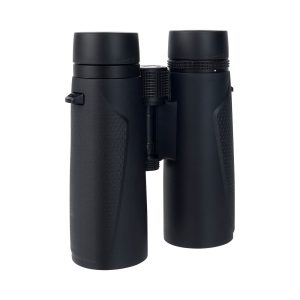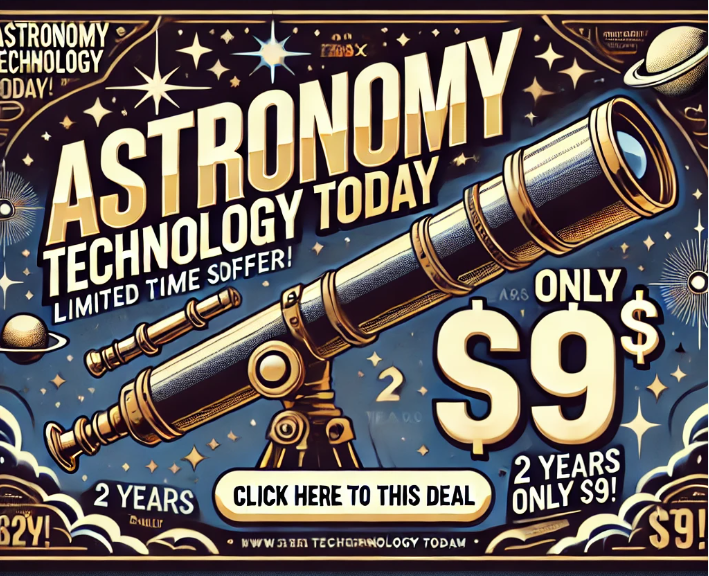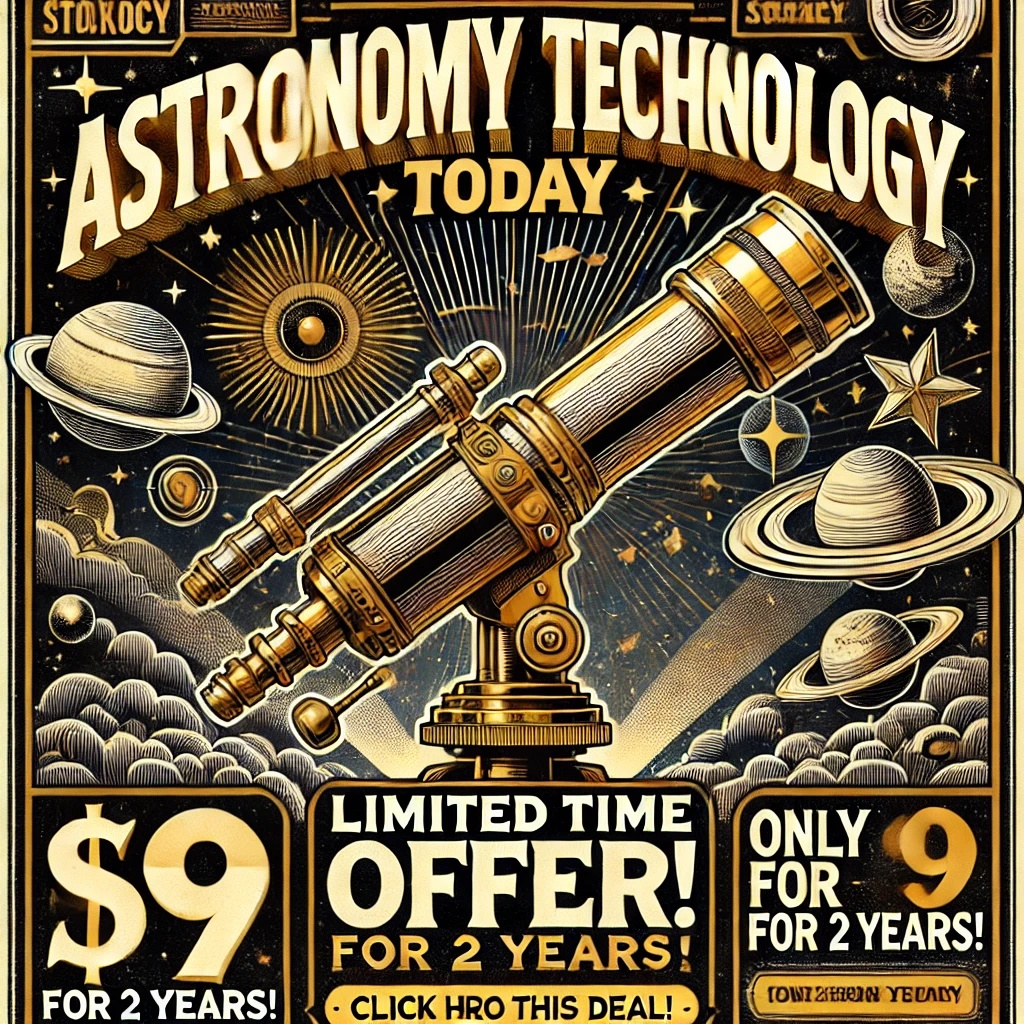The SVBONY SV202 Binocular is the latest offering in the SVBONY SV series of binoculars. These binos feature low dispersion ED glass for a bright and clear image. The large 42mm aperture objective provides for comfortable viewing.
 The SVBONY SV202 Binocular offers a magnesium alloy mirror body which provides oxidation, cracking, and high and low temperature resistance for long service life and is coated with a thick rubber protective layer.
The SVBONY SV202 Binocular offers a magnesium alloy mirror body which provides oxidation, cracking, and high and low temperature resistance for long service life and is coated with a thick rubber protective layer.
The large anti-slip focusing wheel facilitates one-hand focusing precision and fast, simple operation. The binos are IPX7 nitrogen filled providing a waterproof design suitable for harsh environments. The lenses feature FMC full broadband multilayer coating and BAK4 prisms.
The SVBONY SV202 Binocular specifications include:
– Objective Diameter: 42mm
– Magnification: 8X
– Prism Type: Roof
– Prism Glass Material : BAK4
– Armor material: Rubber
– Coating condition: Fully multi-coated
– Diameter Of The Eyepiece: 24mm
– Exit Pupil Distance(mm) : 17.5mm
– Exit pupil: 5.3mm
– Field of View: 7.5°
– Field of view (at 1000yds) : 394ft
– Field of view (at 1000M) : 131m
– Min. Focal length: 2m
– Diopter system: Right Eyepiece
– Diopter comp: ±3
– Resolution: ≤4.8″
– Inter pupillary distance: 56-73mm
– Focus System : Center
– Waterproof: IPX7 (1.5 meter / 3 Min)
– Eyecups Twist-up
– Tripod Adapter interface Yes
– Color: Black
– Net Weight: 720g
– Dimension: 15.6*14*6.5 mm
You can learn more about the SVBONY SV202 Binocular here.

 And to make it easier for you to get the most extensive news, articles and reviews that are only available in the magazine pages of Astronomy Technology Today, we are offering a 1-year magazine subscription for only $6! Or, for an even better deal, we are offering 2 years for only $9. Click here to get these deals which only will be available for a very limited time. You can also check out a free sample issue here.
And to make it easier for you to get the most extensive news, articles and reviews that are only available in the magazine pages of Astronomy Technology Today, we are offering a 1-year magazine subscription for only $6! Or, for an even better deal, we are offering 2 years for only $9. Click here to get these deals which only will be available for a very limited time. You can also check out a free sample issue here.
The sun is more active than it has been in years! If you’d like to learn more the technology behind solar observing, solar imaging and more, you can check out our free publication, “The Definitive Guide to Viewing and Imaging the Sun”. You don’t have to sign up or provide any information, simply click here and enjoy reading!



